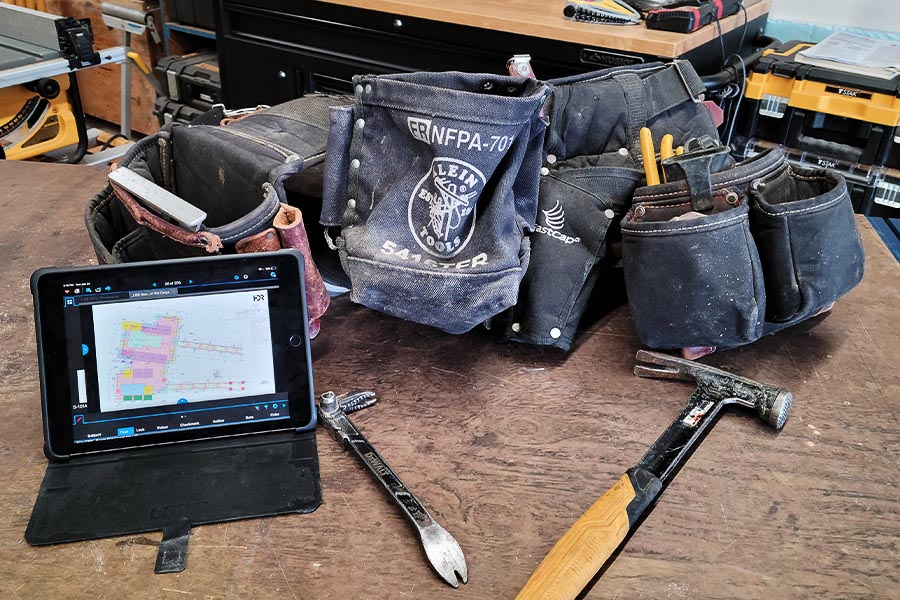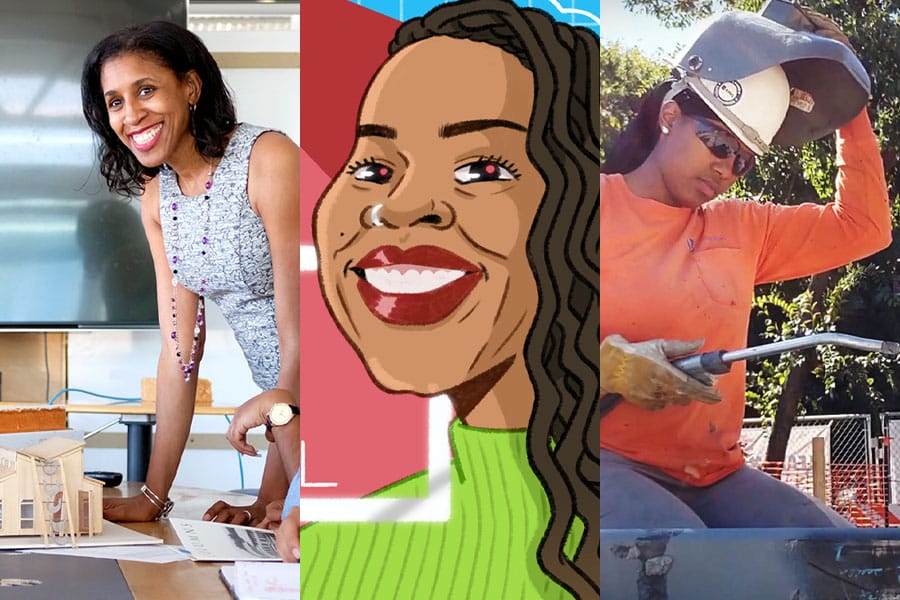As far back as 1976, Darlene Septelka was touting the benefits of the construction industry for women. Then a 23-year-old draftswoman, Septelka told a reporter for The Patriot Ledger in Massachusetts about how the construction field was “wide open” for young women.
“I wish you would emphasize to high school girls that they should consider new fields such as drafting, engineering and electronics,” she said in the story, “Motivation Keeps Darlene Going in Man’s World.” “There are lots of opportunities, and many business firms are looking for women to hire.”
Fast forward a few decades, and Septelka is marking more than 50 years in the industry. Septelka’s career has taken her across the country for roles including field engineer and construction engineer; and around the world, working in China, Saudi Arabia, Vietnam and elsewhere as a project manager.
Now she’s an assistant teaching professor at the University of Washington’s College of Built Environments, guiding the next crop of construction professionals.
Septelka’s journey hasn’t been without challenges, especially early on. But as she looks back, she sees a fulfilling career that’s allowed her to thrive. And, as she looks forward, she’s encouraged that more and more young women will take the advice she gave back in 1976.
Septelka said her career has been incredibly rewarding. “And I got to do it on a global level,” she added.
Challenge accepted
Growing up, as Septelka puts it, she wasn’t “siloed.” She had dolls and Barbies, but her father also would dump a sand pile in the back where she’d build cities. When it was time to pick a high school, Septelka didn’t think twice about attending a new vocational school and to major in electronics, but one of her junior high classmates did. When she announced her plans, a boy turned to her and said, “Girls don’t do that.”
“And I remember sitting there going, ‘What? I’ll prove to him that that’s wrong,’” she recalled. “Very early on, I had a headstrong way that no one is going to say no because I didn’t see there was a track that I had to follow.”
She’d encounter that “girls don’t do that” attitude time and again from male colleagues. In that first drafting job, Septelka watched men get promoted long before her. Later, in another job where she was the only woman on the jobsite, Septelka remembers investigating the design of a nuclear power plant, descending into a vault area and male colleagues flushing water down on her.
“They were laughing,” she said. “And I came up and I didn’t yell. I just kept my head high and walked.”
That survival strategy for Septelka—staying focused on the work with her head held high—was effective as she experienced what she calls other “hiccups” along the way. And so did finding allies—colleagues and managers who had her back as mentors and supporters.

“I recognized that there are certain people that are going to be champions for you and other people that weren’t,” Septelka said.
As she grew in her career and took on more senior leadership roles, those so-called hiccups were less common—but they still cropped up, especially as she worked on projects overseas in countries with male-dominant cultures. Still, Septelka’s attitude has really never changed from her junior high days when her classmate told her: “Girls don’t do that.”
“I looked at it as a challenge to show that we can do it,” Septelka said of one experience working in Saudi Arabia where she had to don long robes and scarves. “Maybe I had some disagreements with what was going on there, but I needed to show that we, as women, can be successful in management.”
Challenges ahead
When Septelka entered the field in the 1970s, just 253,000 women worked in construction, according to the U.S. Census. Today, the U.S. Bureau of Labor Statistics estimates the number is nearly 1.2 million.
As Septelka has worked in the industry and taught construction management at multiple universities, she’s witnessed that growth. About 22% of the construction management students at the University of Washington are women, she said. Septelka works hard to bring in women in the industry as guest lecturers. Just seeing female professors makes a difference, too.
“I had one gal who, after class, came to me and said, ‘Thank you. I enjoyed hearing from a woman and seeing a woman and hearing your stories,’” Septelka said. “I was touched by that.”
In her experience, she’s seeing more women seeking construction management degrees as graduate students after majoring in architecture, civil engineering or business as an undergraduate. There’s still work to be done at the grade school and high school levels to combat the messaging that women don’t belong in the field, Septelka said. And women entering construction need to understand challenges remain.
But, just like she told The Patriot Ledger in 1976, there’s plenty of opportunity for women in the field, especially as it grapples with a worsening labor shortage. And now, more than before, firms are looking for women to hire—and making the changes to ensure they’re welcomed. “Whether it’s a diversity of color or diversity of male vs. female, the industry is trying its hardest to re-educate their companies and their workforce,” Septelka said. “And they’re doing a better effort of trying to promote women into more of the executive and management roles.”















